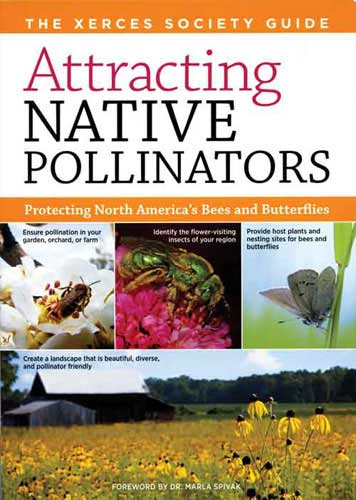 Once in awhile there are certain books that come along that every home library must have. Attracting Native Pollinators: The Xerces Society Guide to Conserving North American Bees and Butterflies and Their Habitat
Once in awhile there are certain books that come along that every home library must have. Attracting Native Pollinators: The Xerces Society Guide to Conserving North American Bees and Butterflies and Their Habitat is one of those books that should sit on every shelf. It has solidly placed itself as the reference book for designing and attracting pollinators. It’s packed full of valuable information and filled with beautiful photographs of insects and plants. Many pollinators are looked at closely, there are plant lists and lists of butterfly host plants, a valuable glossary and an index with more resources.
The book is divided into four sections; Pollinators and Pollination, Taking Action, Bees of North America and Creating a Pollinator-Friendly Landscape. The first section describes why pollinators are important, for example their value to crops has been estimated at up to $27 billion in a single year. There is also a fantastic overview of the biology of pollination describing the parts of flowers, how fertilization works and how flowers attract pollinators. This is valuable to understand because many pollinators prefer flowers of different shapes and compositions. Understanding the various forms of flowers can help in choosing appropriate plants for specific pollinators.
The biology of insects is also looked at briefly, which is followed by a discussion on the various types of pollinators. There is just enough to understand the basics without getting too technical. The life cycle of bees is also examined and accompanied by beautiful illustrations. The benefit to understanding the basic life cycle of various pollinators is to get a better idea of their habitat needs and how they change throughout the year.
There are also significant descriptions of the various types of bee families including bumble bees, sweat bees, pollen wasps and more. The reader is also introduced to other pollinators including flies, moths and butterflies and beetles although the majority of the information is geared towards bees. There are many books for more detail into designing for butterflies and moths including another Xerces Society publication, Butterfly Gardening: Creating Summer Magic in Your Garden.
Part two introduces the many ways we can take action for pollinators. Among the topics addressed are planning and providing new habitat and protecting and managing existing habitat. The providing habitat chapter dives into planning details by discussing budgeting, site selection, sun exposure and soil conditions. Design concepts are also covered in relation to the life cycle of pollinators with things to consider such as flight distance which influences plant spacing. Many of these topics will be valuable for a wide range of planners and designers who may not necessarily have a background in horticulture or landscaping.
Other subjects include:
- Plant selection including establishing plants, diversity and bloom time succession
- Site preparation and maintenance
- Managing disturbances including fire, grazing and mowing
- How to protect and create nest sites for ground-nesting and tunnel-nesting bees
- Nesting for flies and beetles
- Overwintering sites
There are a wide range of settings and landscape types addressed in the book, many of which include case studies. Among these settings include:
- Home
- School
- Community gardens
- Farms
- Golf courses
- Parks and green spaces
- Green roofs
- Campuses, both school and business
- Highway and railway right-of-ways
- Utility easements
- Industrial Sites
Part three gets into the details of the various bees of North America discussing each family. There are several families in North America, most of which can be easily identified to the family level. However, identifying bees to a species or subspecies level is often very difficult and may require a microscope. The book focuses on distinguishing the families apart and certain, common species. Part of the reason anatomy is discussed is as a method to distinguish not only certain species apart, but to tell the difference between bees, flies and wasps. Many flies and wasps are commonly mislabeled as bees, and the book helps to illustrate the differences between them so that the reader will be able to identify what types of pollinators may already be in their landscape or visiting their new habitat. Many of the most common species are covered, each on their own page which describes their appearance, similar insects, foraging habits, nests and conservation concerns.
The final section, part four, describes how to create pollinator-friendly landscapes. There are a few sample gardens which include lovely illustrations and plan drawings for various settings such as community garden, farm meadow, residential garden, roadside planting, riparian buffer, office landscape and zoo or botanical garden. Also included are plant lists for each region in North America which feature trees, shrubs, and two sizes of wildflowers. Some of the plants are listed in more detail in the following pages with a description of their growing requirements, regions, whether they’re a butterfly host plant, their flower color and bloom time. The final feature in this chapter is a list of various butterflies and their host plants. Many of the butterflies have a number of species and families of plants listed while others have only one. The plants are divided into native and introduced species, which is nice if you’re looking for plants that will provide you with herbs or vegetables while serving as habitat at the same time.
There are many other beneficial documents, plant lists and resources available online that may be more focused on your particular region. Many are listed on this blog and you can find them under the ‘Design Resources’ tab on the top of this page. Among the resource pages are Plant Lists for Wildlife, as well as a list of Pollinator Design resources.
You can purchase the book through the Xerces Society website or through other booksellers such as Amazon.

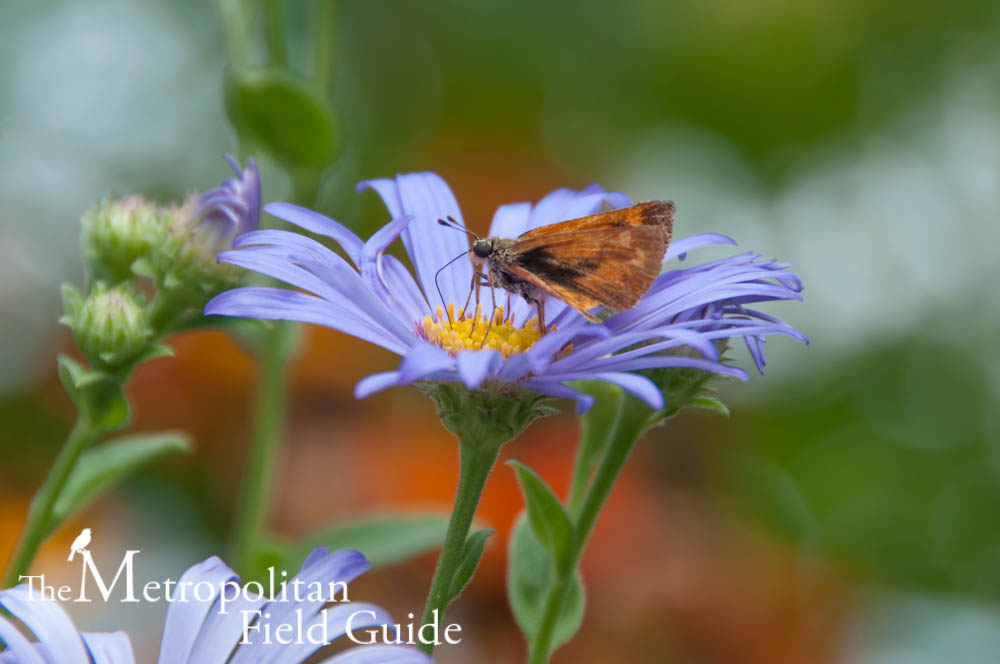

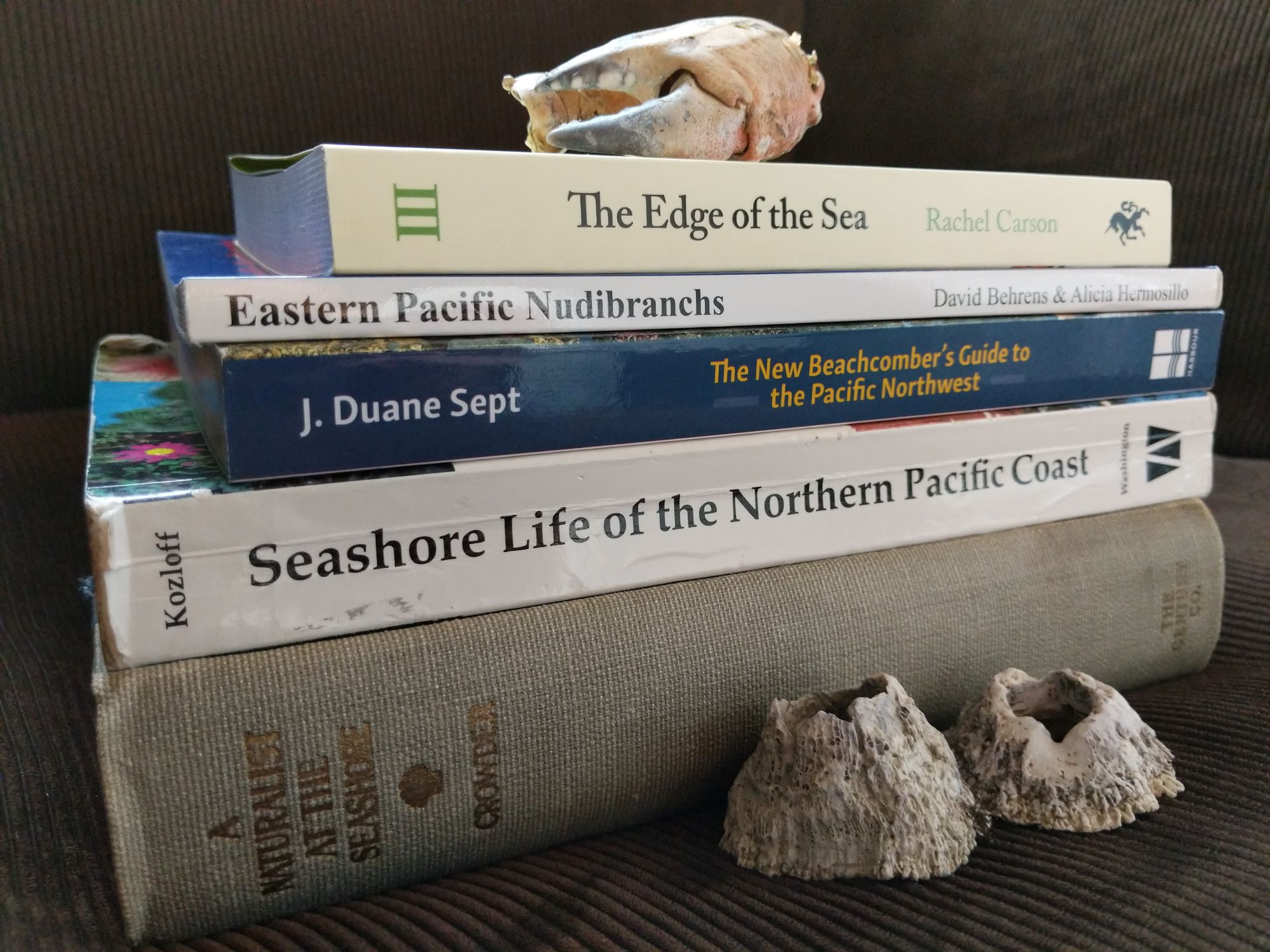
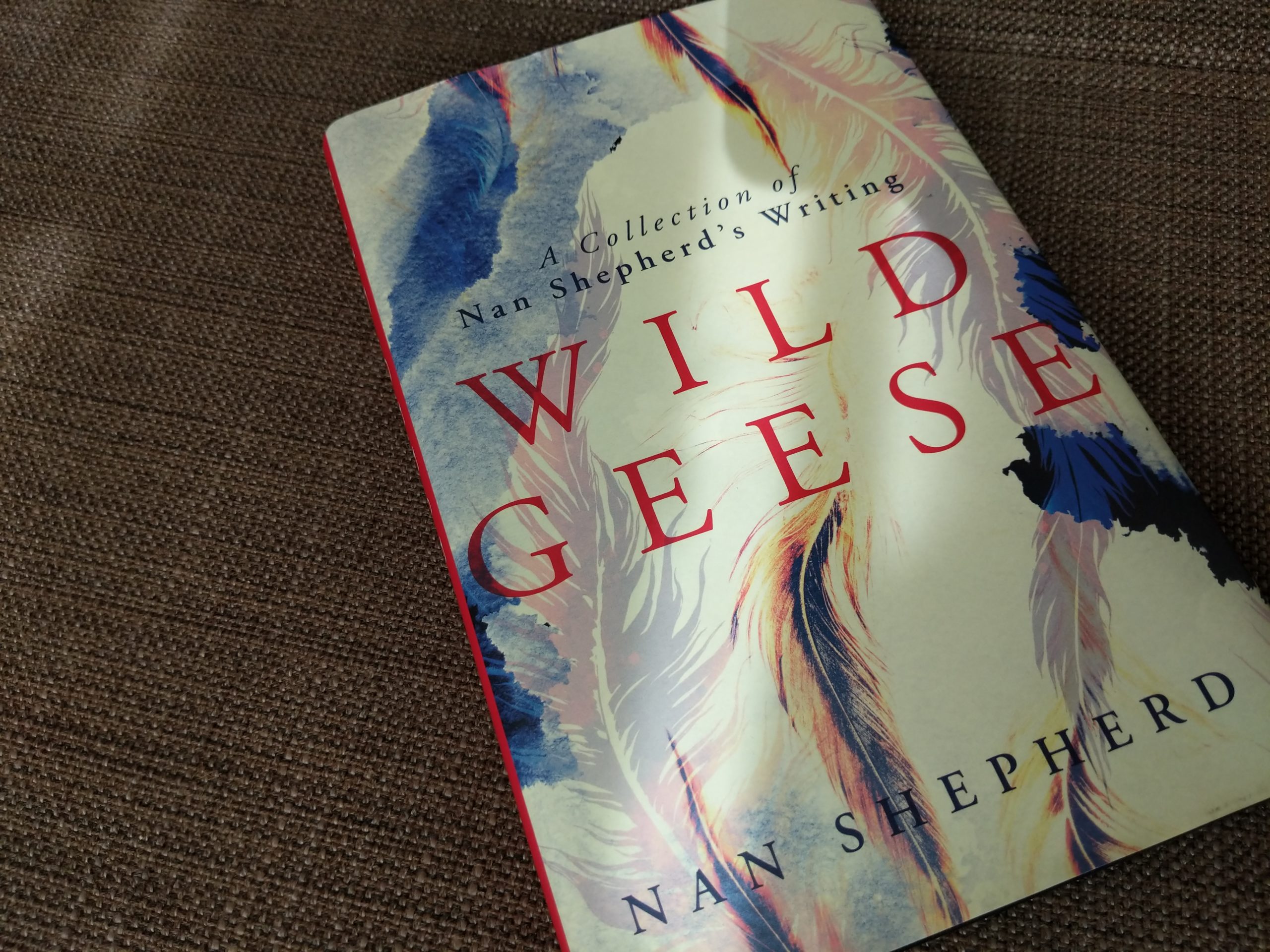
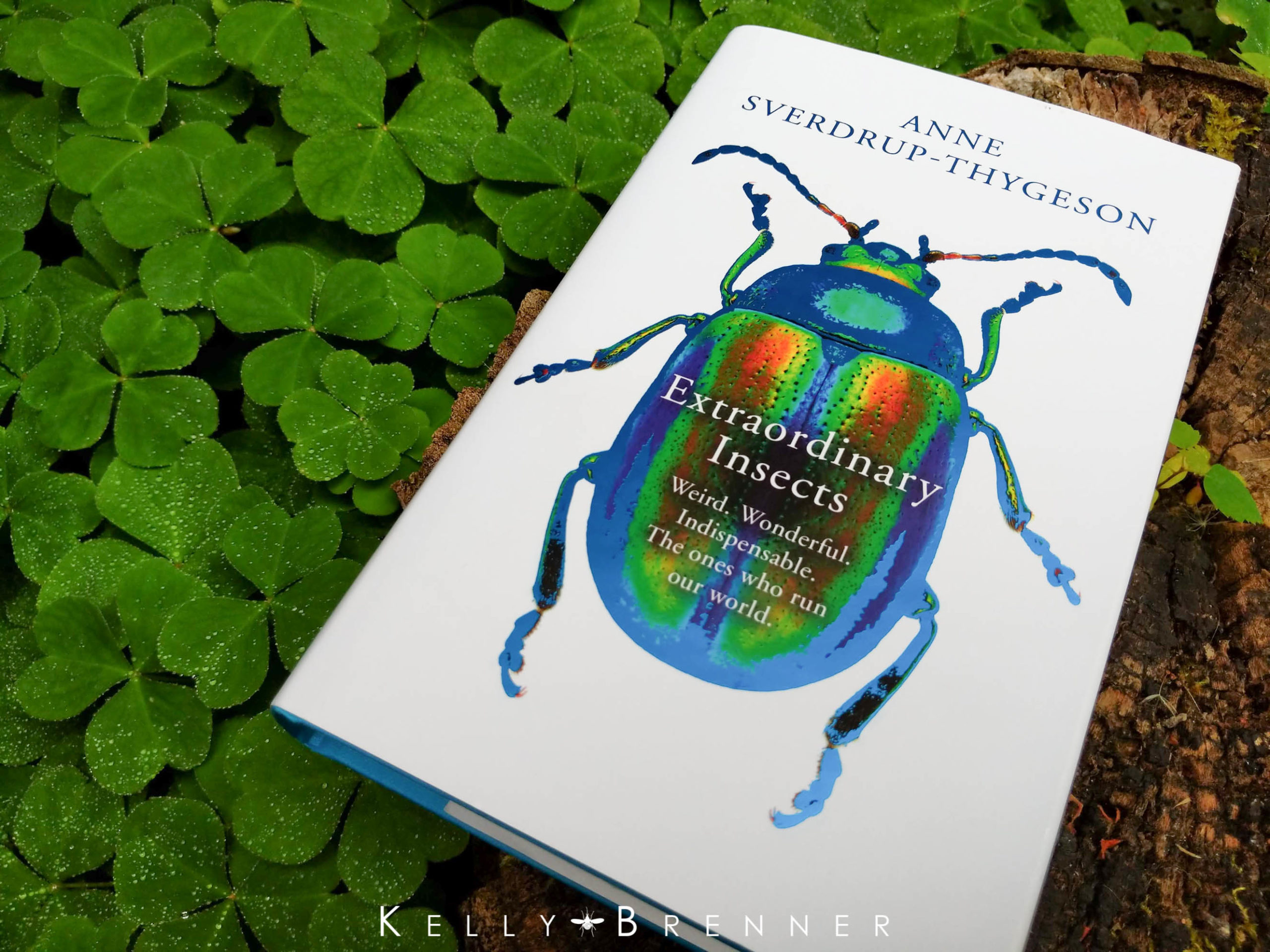

2 Comments